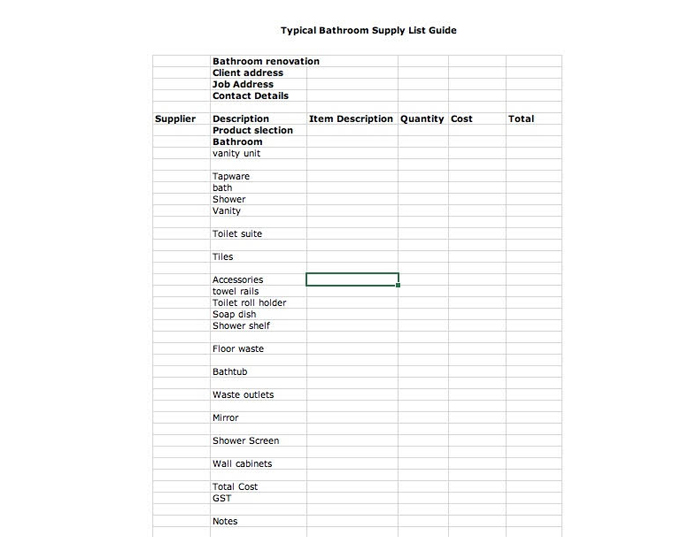Two Bad Payers
Are you a bad payer?
Most of us have heard the term – a bad payer, and it is usually reserved for those who pay their bills late or never. However, there is another class of bad payer, that is the person who pays too early.
So there are two bad payers, those that pay late or never, and those that pay too early.
The person who pays too early is also a bad payer – but why?
I’ll explain.
Paying for a service encompasses the notion you are happy with the result. The service provider has done the job and wants payment. But unfortunately no matter how good the job people will find an excuse not to pay. This is particularly disheartening for the contractor and a bitter pill to swallow.
All that hard work and effort for nought. The client is a bad payer!
The second bad payer is the person who pays too early. It occurs when the client is so delighted with the work they pay the total amount before the job is complete.
The understanding is the contractor will come back to complete the small amount of work outstanding – After all, you looked after them so they will look after you.
Neight! Not always the case.
Paying too early can also occur if the contractor is paid too much up front leading to a discrepancy between what’s completed and what’s to be completed. Work completed should be in proportion to the amount paid.
Unfortunately, some contractors get their cash flow wrong and then have to chase their tail to keep on top of their obligations. Typically, the job, or multiple jobs, have been underquoted leaving the contractor in a negative cash flow position, consequently there isn’t enough in thepot to fund the existing project – your project.
If you do overpay the contractor and he doesn’t return, in the first instance it is annoying, in the second instance it is a major concern leading to the potential loss of thousands of dollars.
Either way overpaying is a situation best avoided.
Thankfully, and on most occasions, contractors do come back as promised.
A tip: Devise a schedule of payments before work starts then pay as each milestone is completed- the more payments the better.


